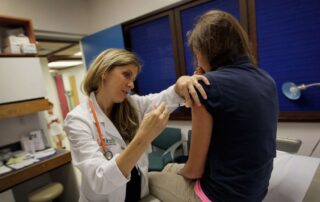Head and neck cancer cells hijack nearby healthy tissue, promoting further invasion of cancer cells
Source: www.eurekalert.org Author: University of Michigan news release Up to half of patients with head and neck squamous cell carcinoma will experience tumor recurrence or new tumors--tumors that often spread and are difficult to treat. A team of scientists led by the University of Michigan School of Dentistry identified a mechanism by which head and neck cancer cells subvert adjacent normal tissue, allowing small clusters of cancer cells to burrow beneath the healthy tissue. The team decided to look at this particular mechanism in head and neck cancer because a specific gene, DMBT1, appeared on a screen of genes that are silenced during oral cancer, said principal investigator Nisha D'Silva, the Donald A. Kerr Endowed Collegiate Professor of Oral Pathology. Researchers from the D'Silva lab found that when DMBT1 was suppressed in head and neck cancer cells, it promoted aggressive invasion and metastasis in laboratory studies and was associated with metastasis in patients. They also found that two proteins secreted by head and neck cancer cells suppress DMBT1 in nearby healthy tissue, subverting it to promote invasion of a small amount of cancer cells, which burrow under healthy tissue. Researchers looked at this mechanism in mice, chick embryos and cultures of human cancer cells. "In the chick embryos, none of the tumors that overexpressed DMBT1 metastasized, whereas most of the control tumors that had low DMBT1 metastasized", D'Silva said. "The importance of this paper is that loss of DMBT1 in cancer cells and adjacent normal tissue benefits cancer cells, allowing [...]


